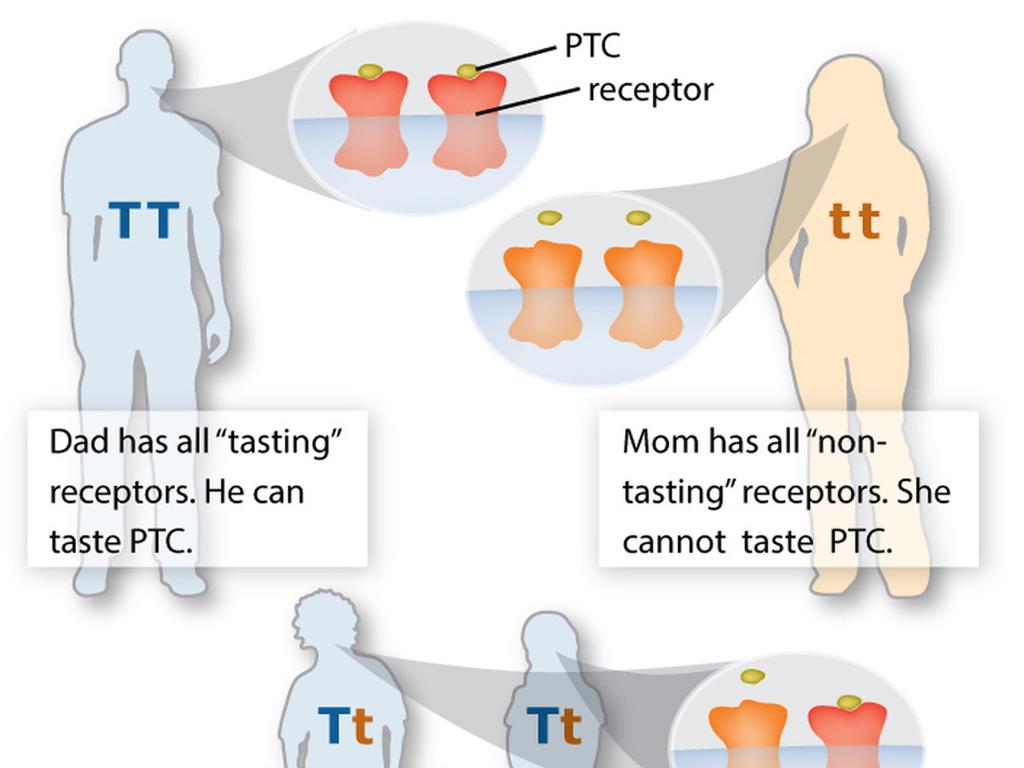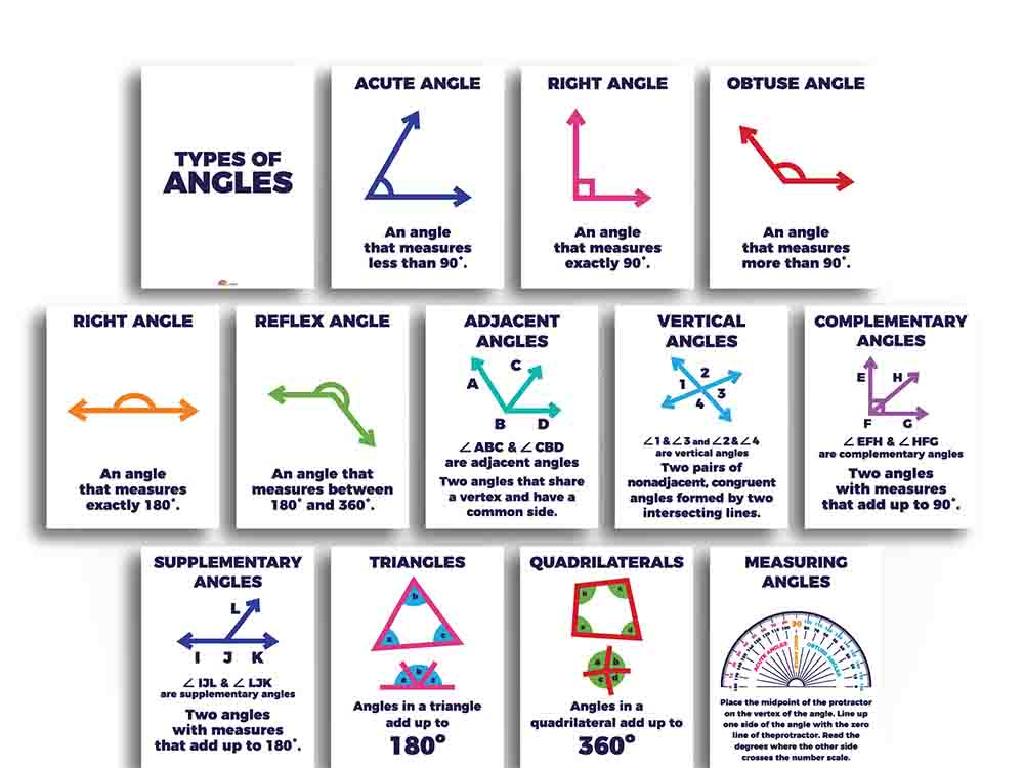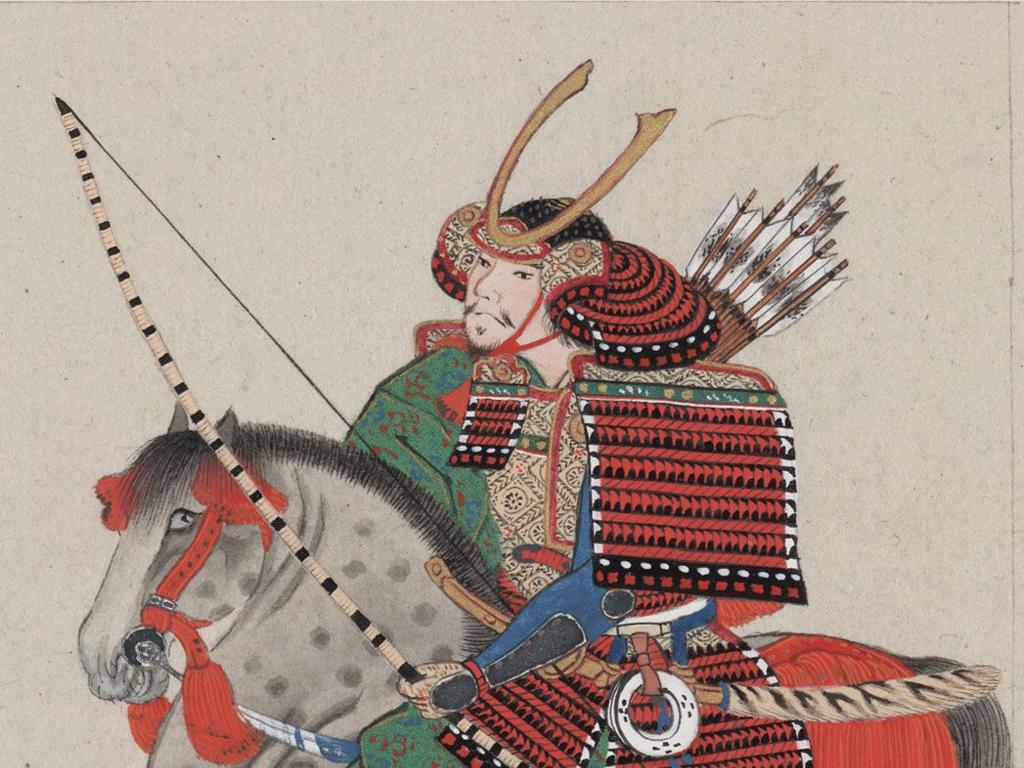Interpret Bar Graphs Ii
Subject: Math
Grade: First grade
Topic: Data And Graphs
Summary: This first grade math lesson teaches students how to interpret bar graphs with engaging, hands-on activities. Learners discover how to read, compare, and create their own bar graphs using real-world examples like favorite fruits and books. By exploring graph parts such as titles, labels, and axes, students build foundational data analysis skills. The presentation emphasizes visual learning and encourages participation, making data interpretation fun and accessible for young learners.
Please LOG IN to download the presentation. Access is available to registered users only.
View More Content
Understanding Bar Graphs
– Greet the day and get ready for graphs
– Today’s focus: Learning about bar graphs
– Bar graphs display information clearly
– They use bars to represent data visually
– We’ll practice reading bar graphs together
– Look at the height of bars to compare amounts
|
Begin the lesson with a warm welcome to set a positive tone for the class. Introduce the concept of bar graphs as a tool for displaying information visually, which makes it easier to understand and compare data. Explain that bar graphs use bars of different heights to represent different values. During the class, engage students with examples of bar graphs, such as comparing the number of apples and oranges sold in a week. Encourage students to observe the height of the bars to determine which fruit was sold more. This will help them grasp the concept of using visual representation to interpret data. Plan a few simple activities where students can create their own bar graphs using stickers or drawings to represent data from a classroom survey or their favorite snacks.
Understanding Bar Graphs
– Bar graphs display data visually
– Bars can show numbers of pets, fruits, etc.
– Each bar represents a unique item
– One bar for cats, one for dogs, etc.
– Bar height shows quantity
– Taller bars mean more items
– Comparing different items
– See which item has the most or least
|
This slide introduces students to the concept of bar graphs as a visual representation of data. Explain that bar graphs use bars of different heights to show different numbers or amounts, making it easy to compare information. Each bar on the graph stands for something different, such as types of animals or different fruits. The height of each bar indicates how much or how many of that item there are. Use examples like comparing the number of apples to oranges in a fruit basket or the number of sunny days to rainy days in a month. Encourage students to think about what the bars represent and what we can learn from looking at the height of the bars.
Parts of a Bar Graph
– Graph Title: What’s the graph for?
– Like the name of a story, it tells us the topic of the graph.
– Categories: What are we counting?
– These are the groups or items we are comparing.
– Bars: Show amounts for each category
– Taller or longer bars mean more items; shorter bars mean fewer items.
– Axis: Side and bottom of the graph
– The side (vertical) axis shows numbers; the bottom (horizontal) axis shows the categories.
|
This slide introduces the basic components of a bar graph to first graders. Start by explaining that a bar graph is a way to show numbers and compare things. The title of the graph tells us what information the graph is showing. Categories are the different things we are looking at, like types of fruits or colors of cars. The bars give us a picture of how many items are in each category; the height or length of the bar is proportional to the amount. The axis of the graph has two parts: the side axis, usually showing numbers, helps us see how many items there are, and the bottom axis shows us what the categories are. Use simple and relatable examples to help students understand, such as a graph showing the number of different colored balloons.
Reading Bar Graphs
– Understanding bar graph heights
– Taller bars show more items
– Like how a tower of blocks is taller when you add more blocks
– Shorter bars show fewer items
– Like when you have fewer blocks, your tower is shorter
– Comparing bars tells us more or less
– Look at two towers to see which is taller and has more blocks
|
This slide introduces students to the concept of reading bar graphs by relating the height of bars to the quantity they represent. Explain that a bar graph is like a set of towers made of blocks, where each tower’s height shows how many blocks are in it. A taller tower (or bar) means that there are more blocks (or items), and a shorter tower means fewer blocks. Encourage students to think of the bars as towers they might build during playtime, making the concept more relatable. During the lesson, use real-life examples, such as comparing the number of apples to oranges in a fruit basket using a bar graph. This will help them understand how to compare different quantities and interpret which has more or less.
Let’s Practice Together: Favorite Fruits Bar Graph
– Identify the most popular fruit
– Find the least popular fruit
– Compare apples and oranges
– Look at the bars for apples and oranges
– Count the difference in likes
– How many more bars are there for apples?
|
This slide is an interactive class activity designed to help first-grade students practice interpreting bar graphs. Display a simple bar graph that shows different fruits and the number of children who like each fruit. Ask the students to identify which fruit has the tallest bar (most popular) and which has the shortest bar (least popular). Then, guide them to compare the number of children who like apples versus oranges by looking at the height of the bars and counting the difference. This activity will reinforce their understanding of bar graphs and develop their analytical skills. For the activity, ensure that the bar graph is clear and the numbers are easy to count for first graders. Provide additional support to students as needed and praise their efforts to build confidence.
Create Your Own Bar Graph
– Think of a class question
– Collect data together
– Fill in the bar graph
– Use colors or stickers for each bar
– Title and label your graph
– Include the title, axis labels, and a key
|
This slide initiates a class activity where students will apply their understanding of bar graphs by creating one as a class. Start by brainstorming a question that interests the class, such as favorite fruits or pets. Collect answers from each student to gather data. Then, as a class, fill in the bar graph on a large sheet of paper, using different colors or stickers to represent the data visually. Guide the students to give their graph a clear title, label the x-axis with categories, the y-axis with numbers, and create a key if necessary. This hands-on activity will help reinforce their understanding of bar graphs and how they represent data.
Class Activity: Graph Our Favorite Books
– Choose your favorite book
– Make a tally chart of our books
– We’ll count how many for each book
– Draw the bars on our graph
– Each bar shows how many picked each book
– Discover the most popular book
|
This interactive class activity is designed to help first graders understand bar graphs by using books they love. Start by having each student pick their favorite book and then assist them in creating a tally chart to keep track of the class’s choices. Once the tally chart is complete, guide the students in drawing the corresponding bars on a large graph paper, making sure each bar’s height matches the number of tallies. This visual representation will help them see which book is the most popular. Encourage participation and make sure to praise their efforts as they learn to interpret data. Possible variations of the activity could include grouping books by genre, comparing the number of pages, or graphing the books by the number of students who have read them.
Bar Graph Review & Questions
– Recap on bar graphs
– We learned how to read and create bar graphs.
– Parts of a bar graph
– Title, labels, bars, and numbers are parts of a bar graph.
– Purpose of bar graphs
– We use them to show information in an easy way.
– Open floor for questions
|
This slide is meant to consolidate the day’s learning about bar graphs. Start by asking the class what they remember about bar graphs to assess their understanding. Explain the parts of a bar graph: the title tells us what the graph is about; the labels show what each bar stands for; the bars show how much or how many; and the numbers tell us the value of each bar. Discuss why bar graphs are useful: they help us compare amounts or numbers clearly and can make it easier to see which items are more or less. Finally, encourage students to ask any questions they have, ensuring they feel comfortable with the topic before moving on.





